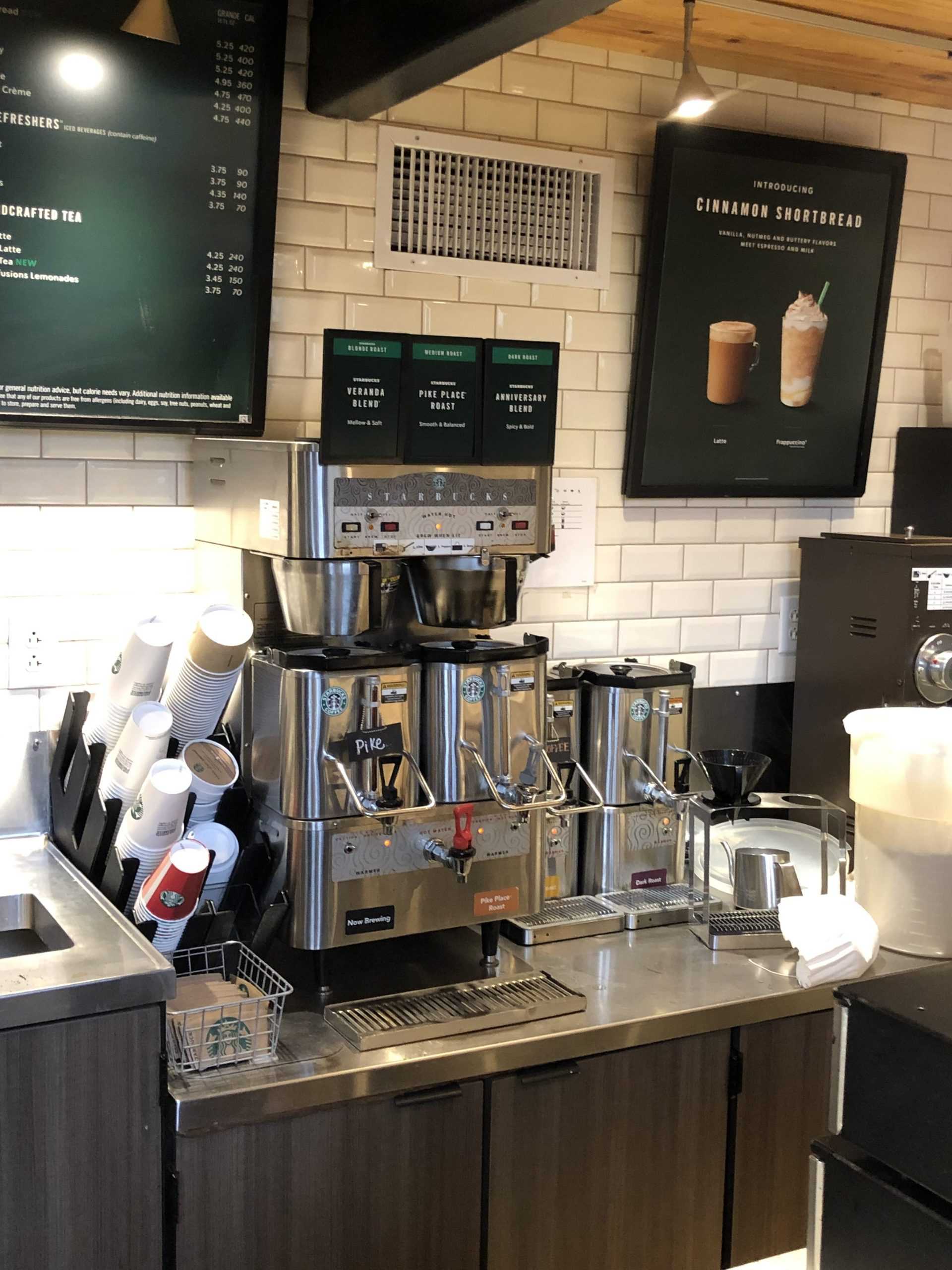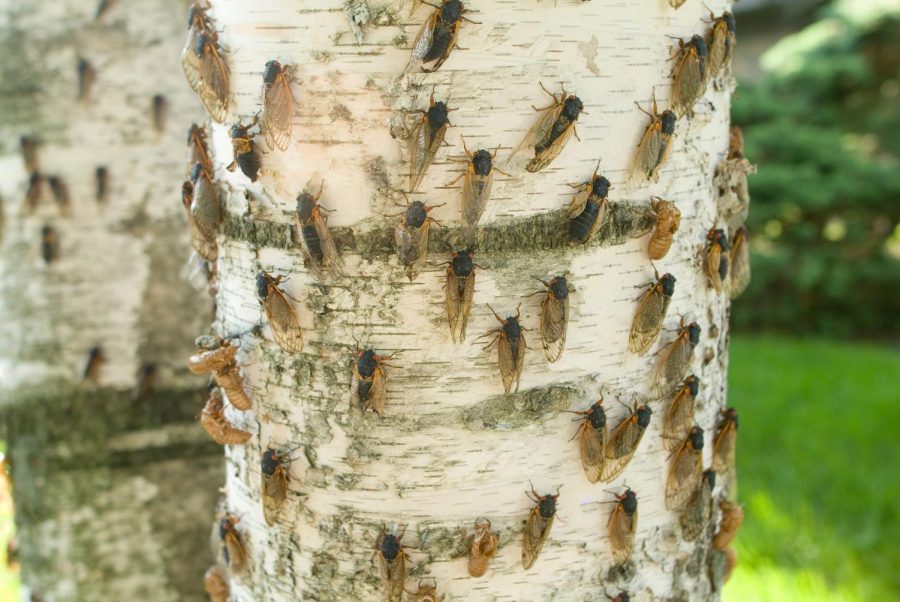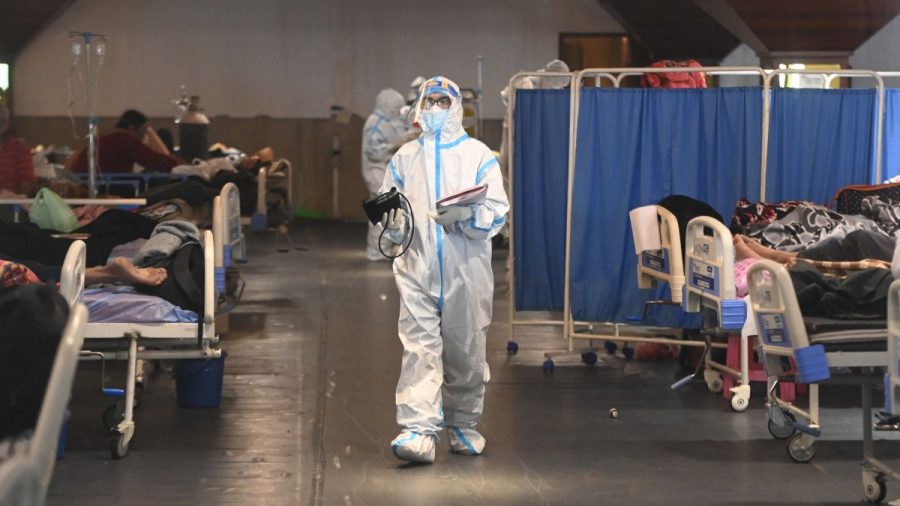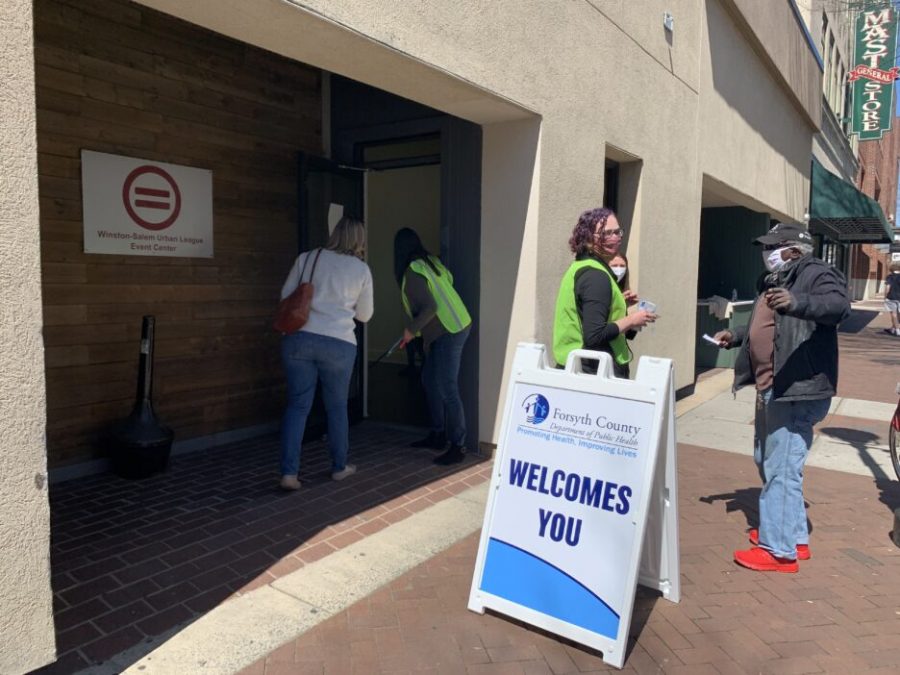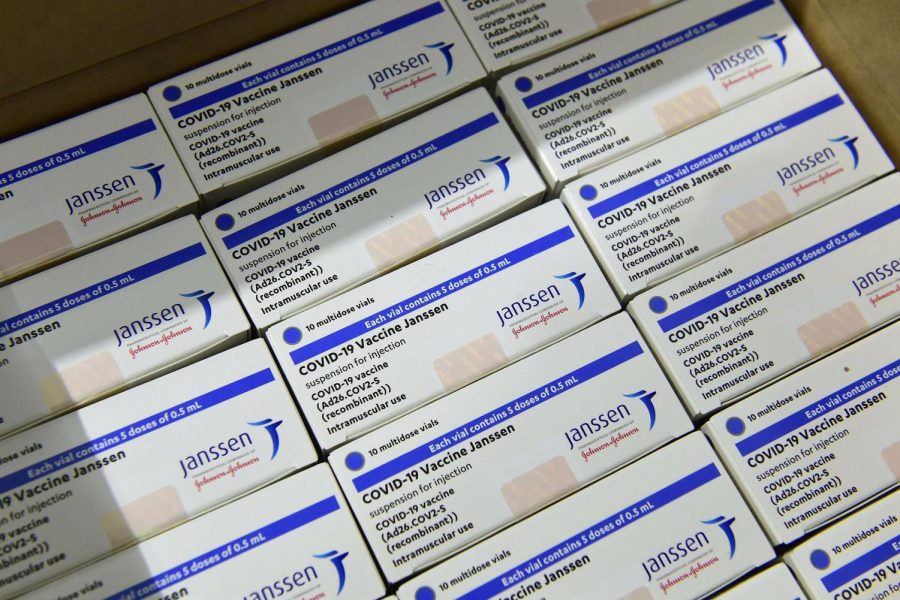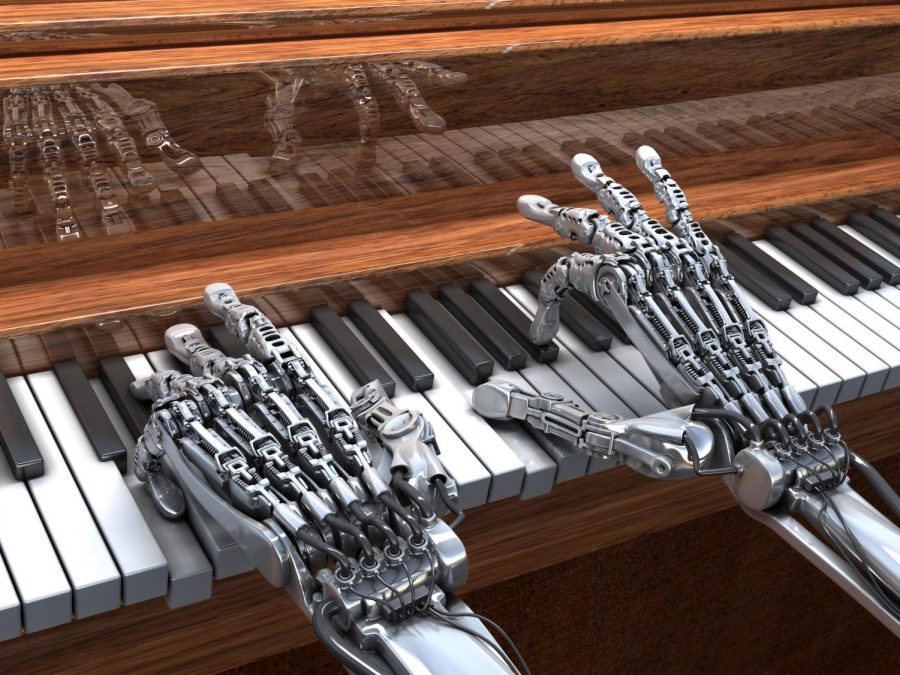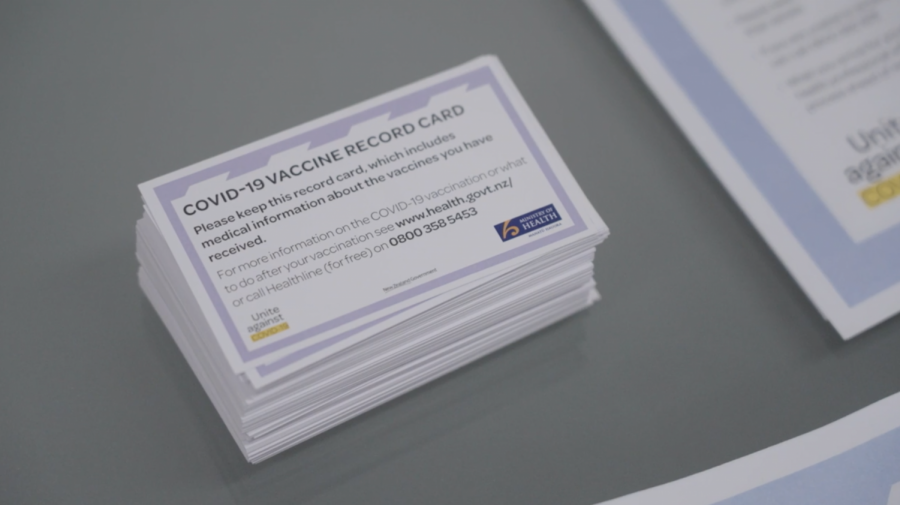Caffeine, the most commonly used psychoactive drug, is found in soft drinks, chocolate, tea and coffee. It is of special importance to college students, as it simulates our central nervous system and helps us fight fatigue.
Many Wake Forest students may find themselves buying copious amounts caffeinated drinks from Starbucks, Campus Grounds and the P.O.D. in order to exploit the stimulating benefits.
However, caffeinated beverage consumption can come at a cost. Typically, consumers will feel lethargic after the rush of energy has passed. This caffeine “crash” is an indicator that the drugs’ stimulation has worn off.
To find the best way to consume caffeine, one must first understand the biological mechanism of caffeine on the central nervous system. While you are awake, the human body synthesizes and consumes adenosine triphosphate, also known as ATP, or the energy currency of the cell. The metabolism of this “energy currency” allows the body to carry out the necessary homeostatic processes that keep us alive.
Once ATP is used up during a given process, such as talking with a friend, a byproduct known as adenosine is produced. Adenosine is a neurotransmitter that activates the feeling of fatigue within the central nervous system.
High concentrations of adenosine contribute to the feeling of lethargy and is one of the reasons for that essential midday nap. Adenosine serves as a biological indicator for the amount of activity the body has done.
When adenosine binds to its receptors (ARs) located on the cell membrane of neurons, we start to feel tired. Caffeine is also able to bind to ARs because its chemical structure is similar to adenosine.
However, caffeine does not activate the fatigue-signaling pathway. Therefore, caffeine is known as a competitive antagonist because it is able to bind to the receptor and inhibit the activation of it.
Caffeine is essentially a Band-Aid that temporarily masks the feelings of fatigue and drowsiness.
In order to enjoy the most benefit from caffeine, science would suggest a coffee nap as a proven method of more efficient ingestion. Joseph Stromberg writes, in his 2015 Vox news article “Scientists agree: Coffee naps are better than coffee or naps alone, “If you caffeinate immediately before napping and sleep for 20 minutes or less, you can exploit a quirk in the way both sleep and caffeine affect your brain to maximize alertness.” Essentially, during a twenty-minute nap, our brains are able to clear some of the built-up adenosine, and our digestive system is able to absorb the caffeine. So once awake, Stromberg writes, “the caffeine will have less adenosine to compete with, and will thereby be even more effective in making you alert.”
Lastly, research suggests that one can optimize caffeine intake by consuming it several hours after waking up. This is because our body works on an innate twenty-four-hour cycle known as a circadian rhythm that tells the body to release cortisol, a hormone that naturally arouses the body, when you wake up. Drinking coffee immediately works against the biological mechanism that naturally wakes us up. In Anthony Kosner’s article, “Why the best time to drink coffee is not first thing in the morning,” he writes, “the effects of caffeine consumption at times of peak cortisol levels actually diminishes the effectiveness of the additional stimulation.” Kosner suggests drinking coffee between 9:30 and 11:30 a.m., after cortisol levels have peaked.
So, I leave you with two parting ideas about caffeine. First, if you enjoy napping and drinking coffee, you may find it useful to combine the two. Second, maybe think twice about having that cold brew at Campus Grounds first thing in the morning.

